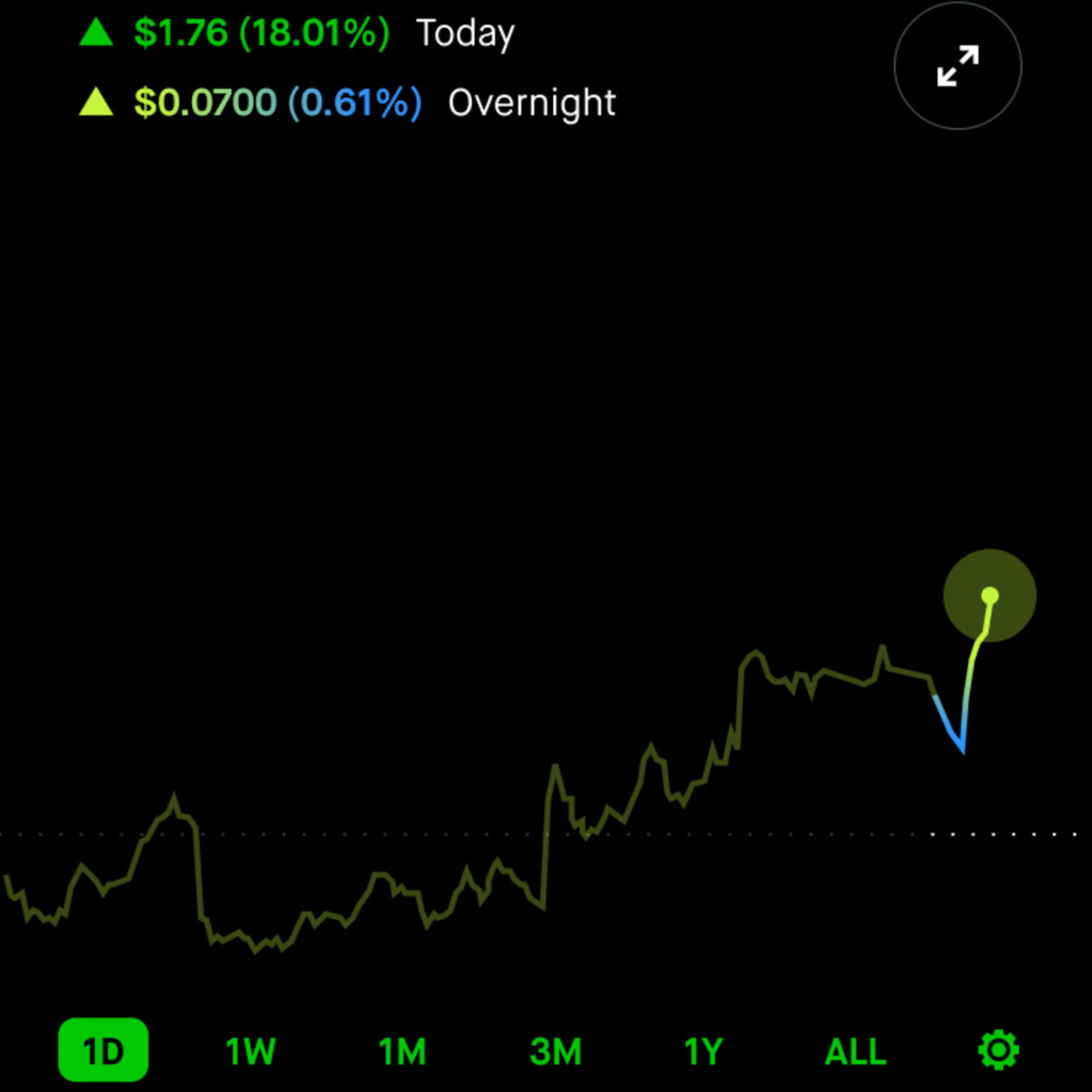The Bank of Korea recently revealed its plans to pilot its central bank digital currency (CBDC) in three regions, bypassing the country’s capital, Seoul. The selected regions for the “private target CBDC test bed” are Jeju, Busan, and Incheon, which will serve as experimental grounds for the new digital currency. The primary objective of the pilot program is to explore the practicality and feasibility of using CBDCs in real-world scenarios.
The Bank of Korea plans full implementation in one region
The Bank of Korea aims to eventually choose one of these regions for full-scale implementation while conducting public-level experiments with payments and distribution. The goal is to secure franchises and businesses that will be capable of accepting payments via the CBDC. A notable feature of the CBDC pilot is its inclusivity. The Bank of Korea plans to develop a user-friendly CBDC electronic wallet app that will allow not only local residents but also tourists to participate in the digital currency ecosystem.
This inclusiveness is likely to drive further adoption and acceptance of the CBDC as a viable payment option. In terms of the selection process, the Bank of Korea considered several factors before finalizing the regions for the pilot. Jeju, with its second-largest population, was favored over Busan due to the latter’s significant number of eligible citizens, which could have posed logistical challenges. The bank seeks to streamline the process to ensure smooth implementation and testing.
The Bank of Korea has taken inspiration from the local currency scheme implemented during the COVID-19 pandemic as a basic income and relief payment solution. Jeju, Busan, and Incheon currently issue and distribute their own local currencies, namely ‘Tamranjeon,’ ‘Dongbaekjeon,’ and ‘Incheon e-Eum,’ respectively. By building upon existing local currency distribution networks, the CBDC pilot can leverage established infrastructures to facilitate adoption.
Leveraging local currency schemes for seamless integration
Compared to CBDCs, the local currency scheme has fewer “technical barriers,” making it a suitable starting point for testing and experimentation. The regional closed tests of the CBDC are expected to be similar to the issuance and distribution of the current local currency schemes in place across various regions in South Korea. This approach will ensure a smooth transition and better understanding of the CBDC’s impact on the local economy.
Additionally, some commercial banks in South Korea have been exploring stablecoins as potential alternatives to CBDCs for enhancing efficiency. Stablecoins, which are cryptocurrencies pegged to stable assets like fiat currencies, offer the potential for faster and more cost-effective transactions. While stablecoins may not serve as a direct substitute for CBDCs, their research showcases the financial sector’s drive to leverage blockchain technology for future payment solutions.
As the Bank of Korea moves forward with its CBDC pilot program, collaboration between public and private sectors will be crucial. By fostering partnerships with local businesses and financial institutions, the bank can create a robust ecosystem that encourages the widespread use of the CBDC. Overall, the Bank of Korea’s initiative to explore CBDC implementation through a regional pilot program represents a significant step towards modernizing the country’s payment systems.
As digital currencies gain traction worldwide, the successful implementation of a CBDC could position South Korea at the forefront of the global financial technology landscape. The pilot program’s success will depend on various factors, including technological resilience, public acceptance, and regulatory support. With Jeju, Busan, and Incheon leading the way, South Korea is poised to take significant strides in shaping the future of digital payments through its central bank digital currency.





